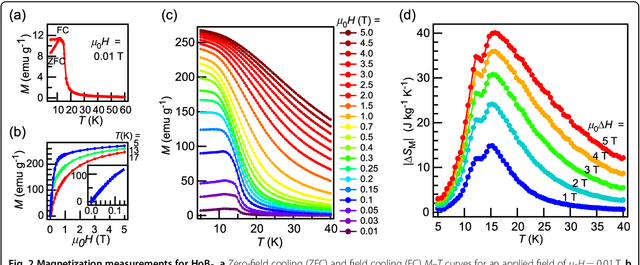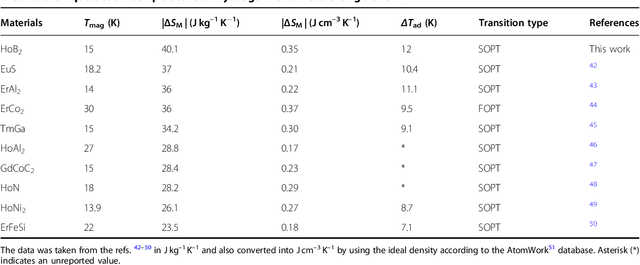Kensei Terashima
Semi-automatic staging area for high-quality structured data extraction from scientific literature
Sep 19, 2023Abstract:In this study, we propose a staging area for ingesting new superconductors' experimental data in SuperCon that is machine-collected from scientific articles. Our objective is to enhance the efficiency of updating SuperCon while maintaining or enhancing the data quality. We present a semi-automatic staging area driven by a workflow combining automatic and manual processes on the extracted database. An anomaly detection automatic process aims to pre-screen the collected data. Users can then manually correct any errors through a user interface tailored to simplify the data verification on the original PDF documents. Additionally, when a record is corrected, its raw data is collected and utilised to improve machine learning models as training data. Evaluation experiments demonstrate that our staging area significantly improves curation quality. We compare the interface with the traditional manual approach of reading PDF documents and recording information in an Excel document. Using the interface boosts the precision and recall by 6% and 50%, respectively to an average increase of 40% in F1-score.
Automatic Extraction of Materials and Properties from Superconductors Scientific Literature
Oct 26, 2022Abstract:The automatic extraction of materials and related properties from the scientific literature is gaining attention in data-driven materials science (Materials Informatics). In this paper, we discuss Grobid-superconductors, our solution for automatically extracting superconductor material names and respective properties from text. Built as a Grobid module, it combines machine learning and heuristic approaches in a multi-step architecture that supports input data as raw text or PDF documents. Using Grobid-superconductors, we built SuperCon2, a database of 40324 materials and properties records from 37700 papers. The material (or sample) information is represented by name, chemical formula, and material class, and is characterized by shape, doping, substitution variables for components, and substrate as adjoined information. The properties include the Tc superconducting critical temperature and, when available, applied pressure with the Tc measurement method.
Machine Learning Guided Discovery of Gigantic Magnetocaloric Effect in HoB$_{2}$ Near Hydrogen Liquefaction Temperature
May 12, 2020



Abstract:Magnetic refrigeration exploits the magnetocaloric effect which is the entropy change upon application and removal of magnetic fields in materials, providing an alternate path for refrigeration other than the conventional gas cycles. While intensive research has uncovered a vast number of magnetic materials which exhibits large magnetocaloric effect, these properties for a large number of compounds still remain unknown. To explore new functional materials in this unknown space, machine learning is used as a guide for selecting materials which could exhibit large magnetocaloric effect. By this approach, HoB$_{2}$ is singled out, synthesized and its magnetocaloric properties are evaluated, leading to the experimental discovery of gigantic magnetic entropy change 40.1 J kg$^{-1}$ K$^{-1}$ (0.35 J cm$^{-3}$ K$^{-1}$) for a field change of 5 T in the vicinity of a ferromagnetic second-order phase transition with a Curie temperature of 15 K. This is the highest value reported so far, to our knowledge, near the hydrogen liquefaction temperature thus it is a highly suitable material for hydrogen liquefaction and low temperature magnetic cooling applications.
* 12 pages including 3 figures and 1 table + 11 pages of supplementary information. Published version available at: https://rdcu.be/b36ep
 Add to Chrome
Add to Chrome Add to Firefox
Add to Firefox Add to Edge
Add to Edge